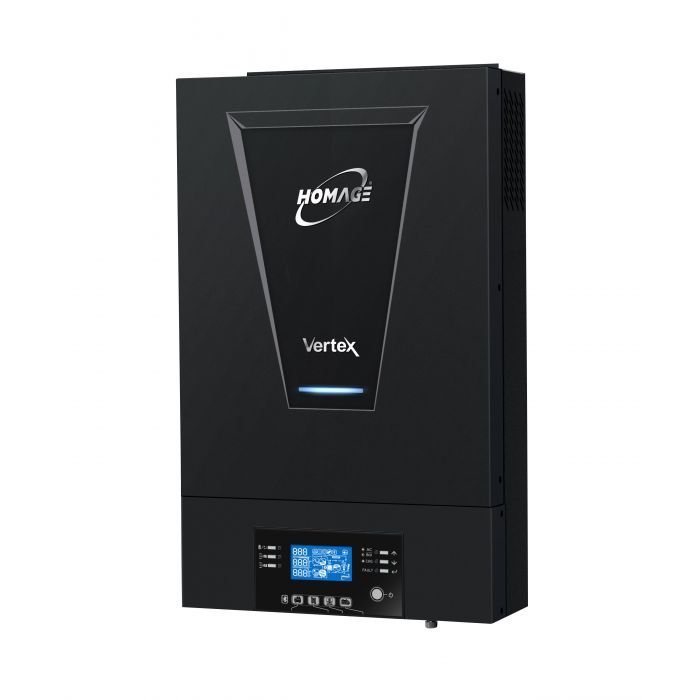solar inverter fault and its rectification Solar inverters are crucial components of a solar power system that convert the direct current (DC) produced by solar panels into alternating current (AC) for use in homes or to be fed back into the electrical grid. Here are some common solar inverter faults and their potential rectifications.
In this post we will discous faults in solar inverter and its rectification.
Table of Contents
- No output or low power generation
- Inverter shutting down or frequently restarting
- Ground fault or leakage current
- Communication or monitoring issues
- Inverter error codes or fault indications
- Importent Note
No output or low power generation
- Check the DC input connections from the solar panels to the inverter and ensure they are secure and free from any damage.
- Verify that the solar panels are receiving adequate sunlight and are not shaded by any obstructions like trees or buildings.
- Inspect the DC disconnect switch, if present, and make sure it is turned on.
- Examine the inverter’s display or monitoring system for error messages or fault indications. Consult the manufacturer’s manual or contact their technical support for specific guidance.
Inverter shutting down or frequently restarting
- Check the ambient temperature around the inverter. High temperatures can trigger overheating protection mechanisms, causing shutdowns. Ensure proper ventilation and cooling for the inverter.
- Verify that the DC and AC connections are secure and undamaged, as loose or faulty connections can lead to shutdowns.
- Check for any error codes or fault indications on the inverter’s display or monitoring system and follow the manufacturer’s guidelines for troubleshooting and rectification.
Ground fault or leakage current
If the inverter indicates a ground fault or leakage current, immediately turn off the inverter and consult a qualified electrician. Ground faults can pose safety risks and require professional attention.
Communication or monitoring issues
- Ensure that the communication cables between the inverter and monitoring system are securely connected and undamaged.
- Check the settings and configurations of the monitoring system and verify that it is compatible with the inverter model.
- Restart the monitoring system and check if it recognizes and communicates with the inverter. If not, consult the manufacturer’s documentation or contact their support for troubleshooting steps.
Inverter error codes or fault indications
Error codes and fault indications can vary depending on the inverter manufacturer and model. Consult the manufacturer’s manual or their technical support to understand the specific meaning of the error code and follow the recommended rectification steps.
Importent Note
It’s important to note that solar inverters are complex electronic devices, and attempting repairs or modifications without proper knowledge or experience can be dangerous or void the warranty. If you encounter persistent issues with your solar inverter, it is advisable to contact the manufacturer’s technical support or consult a qualified solar installer or electrician for professional assistance.




